We all know how important butterflies and moths are for pollinating plants and gardeners are often keen to provide as many plants as possible to attract them. Caterpillars on the other hand are often more unwelcome visitors to the garden as they can strip plants and eat crops. However, the more caterpillars you can support in your garden, the more moths and butterflies there will be too.
You may also like
- The best plants for butterflies
- Ten garden butterflies to identify
- What is the Big Butterfly Count
- Boost your butterfly numbers in your garden with this simple thing
- Simple and effective ways to attract wildlife to your garden
Although a whole range of flowers provide nectar for butterflies, most species only have a short list of 'host' plants that will provide food for their caterpillars. Experts at The Wildlife Trusts have provided us with their top larval plants and tips on how to plant a butterfly garden.
Read our piece on the top ten garden butterflies to look out for.
Best plants for butterfly and moth larvae
Here we have recommendations for the best plants to support butterfly and moth larvae as recommended by The Wildlife Trusts. Alongside these plants, it is also a good idea to include an open area for wildflowers and grasses that will attract egg-laying females. An area with low soil fertility is ideal for this.
Lady's smock (Cardamine pratensis)

Supports orange-tip butterfly
Bird's foot trefoil (Lotus corniculatus)

Supports common blue butterfly
Common sorrel (Rumex acetosa)
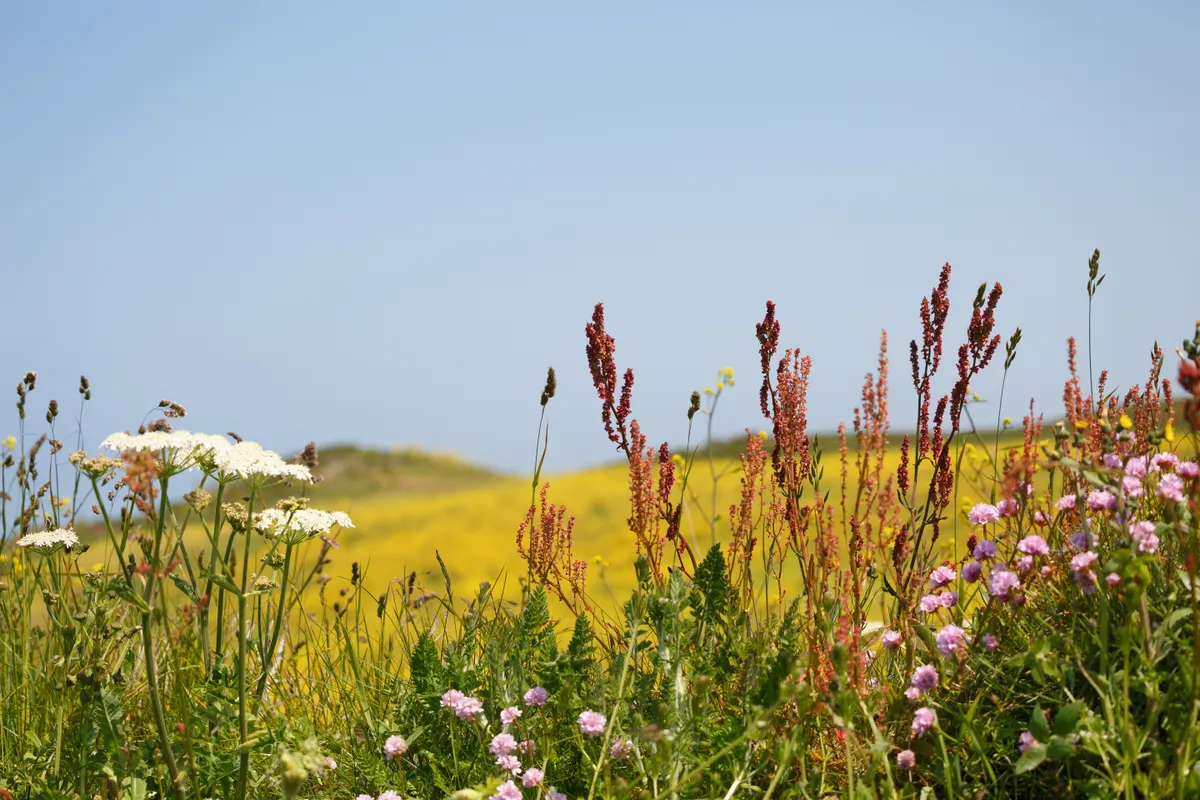
Supports small copper butterfly
Fescue grass (Festuca sp.)
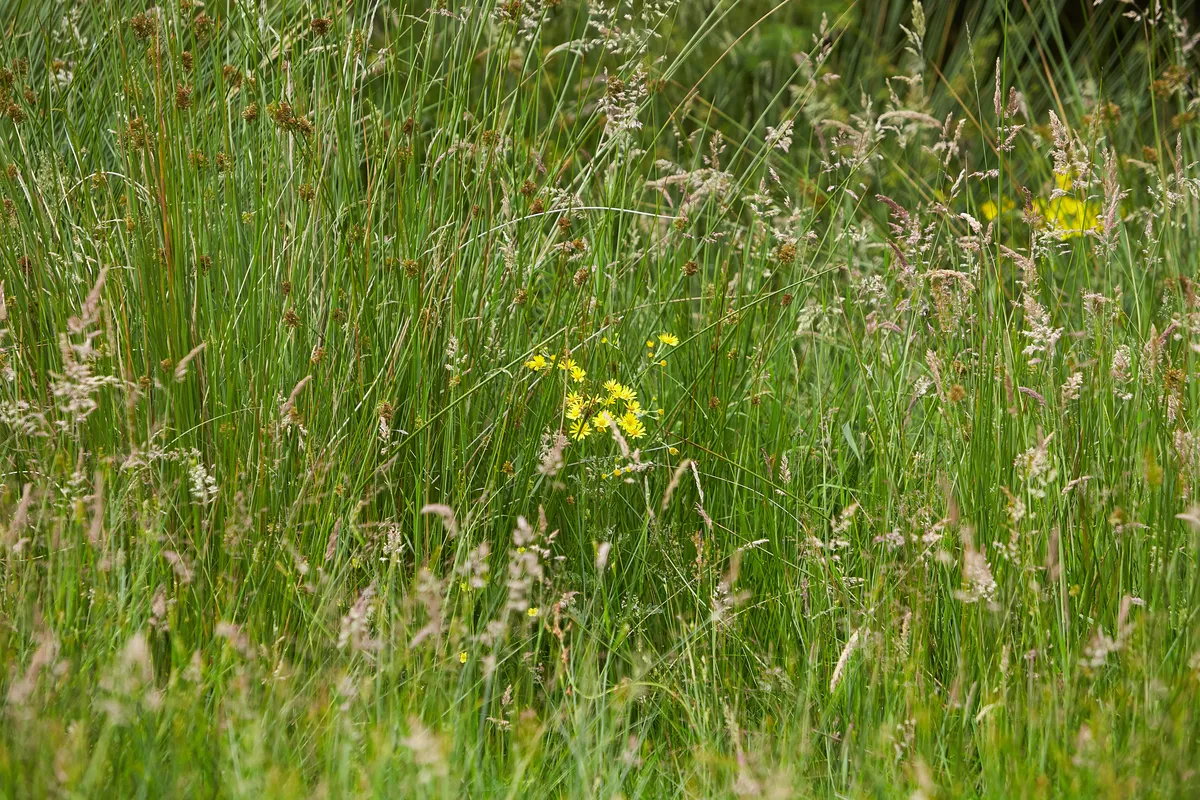
Supports meadow brown butterfly
Holly (Ilex aquifolium)

Supports holly blue butterfly
Read our piece on Ilex: holly bushes to grow for berries and evergreen leaves
Ivy (Hedera helix)
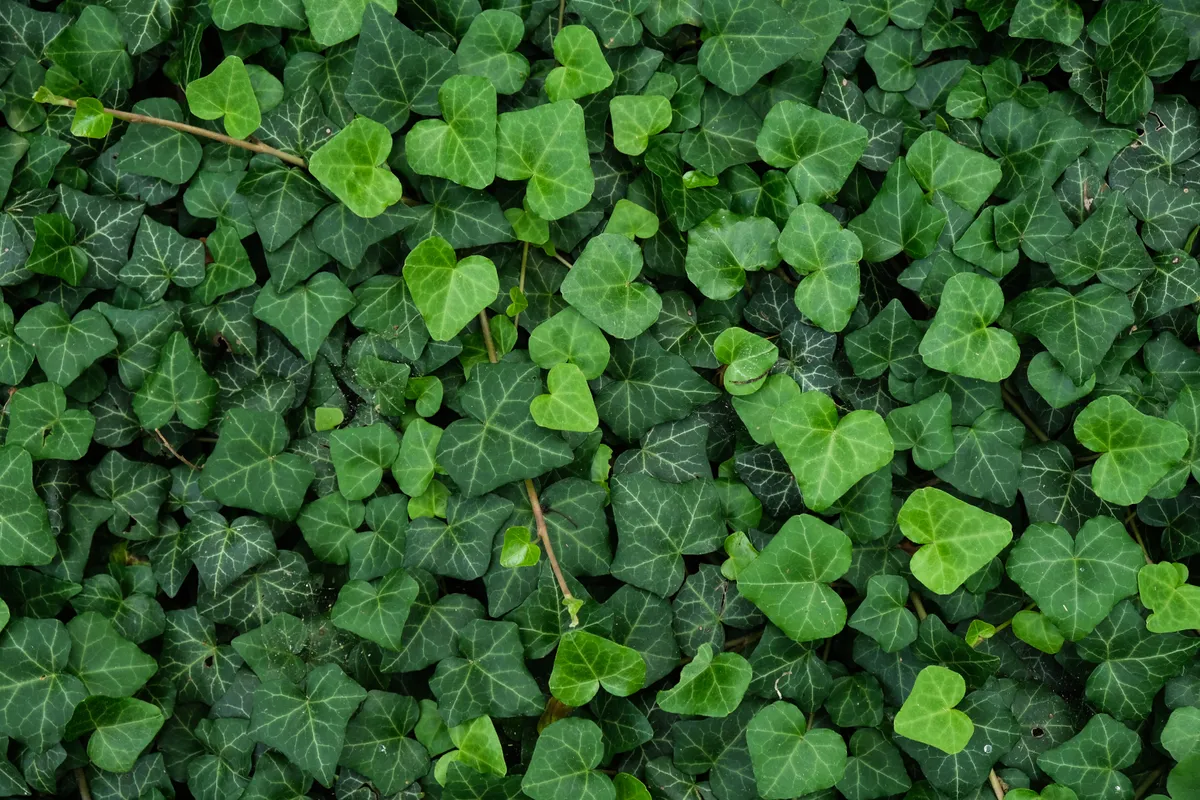
Supports holly blue butterfly
Here's more on why we need to learn to love ivy
Nasturtium (Tropaeolum majus)
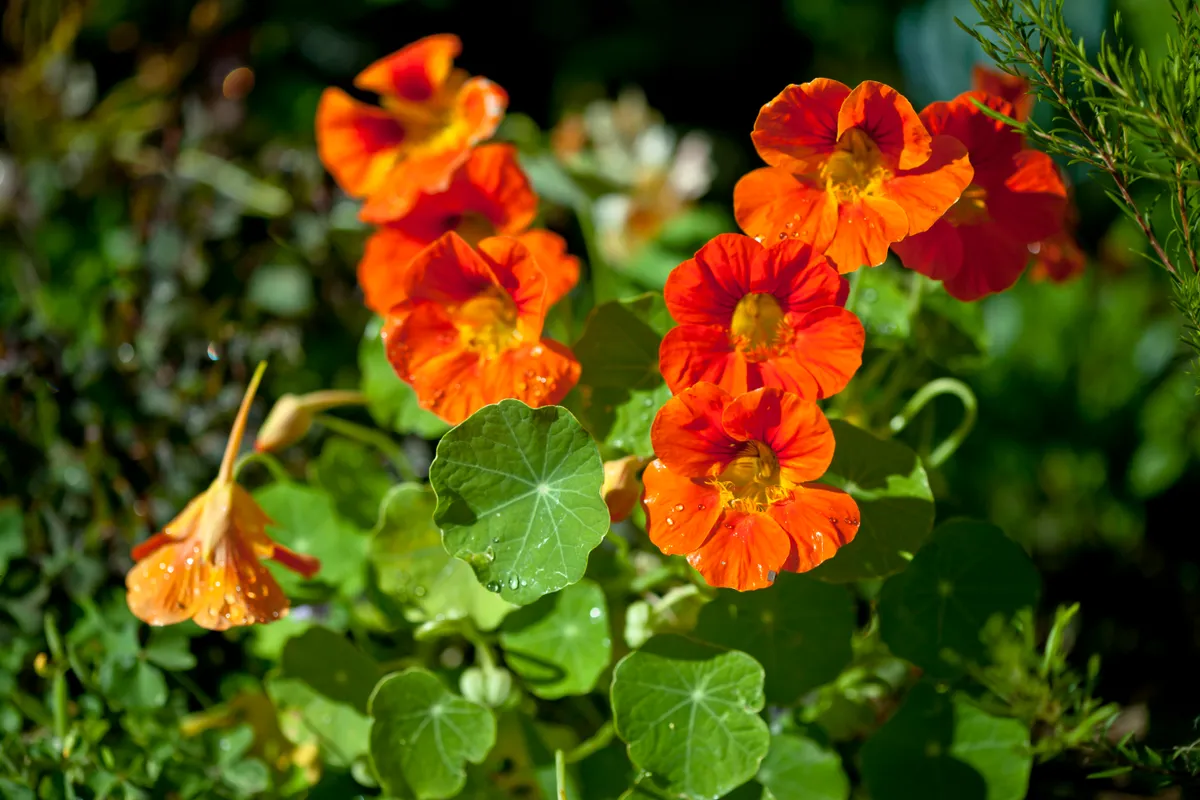
Supports large white, small white and green-veined white butterflies
Here are more edimentals to grow
Yorkshire fog grass (Holcus lanatus)
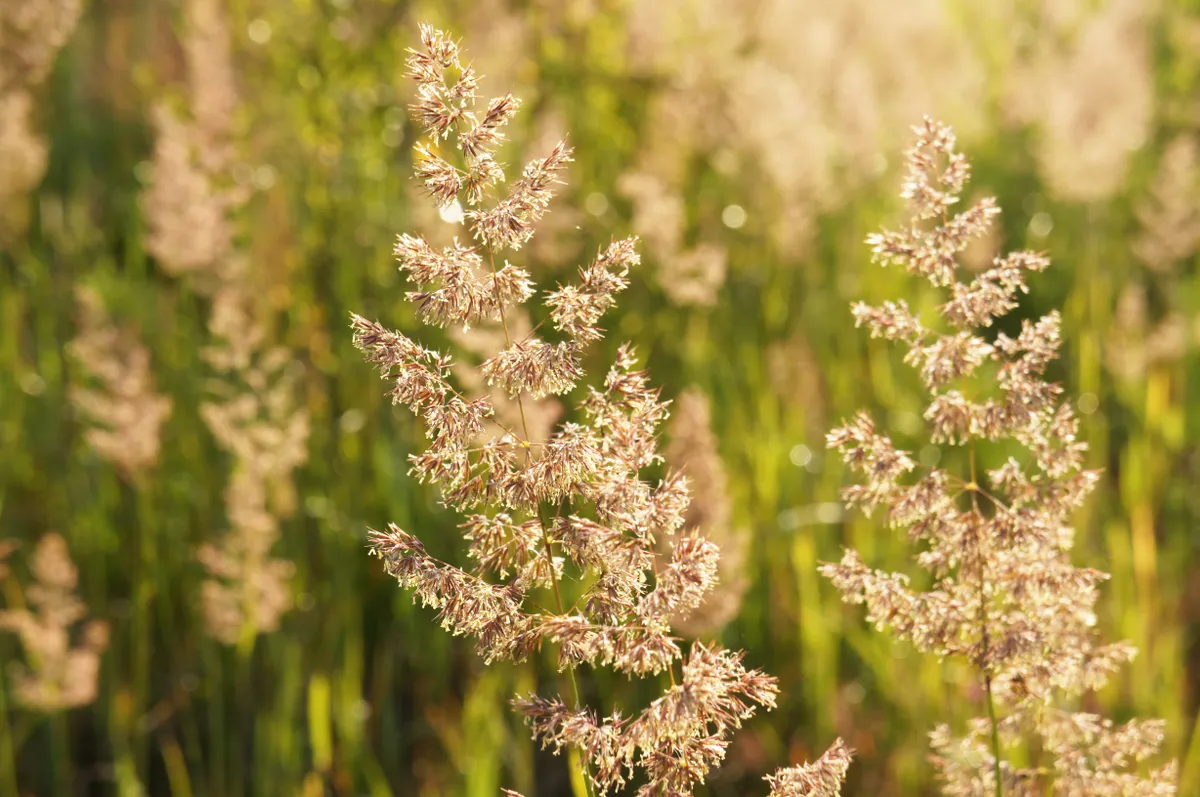
Supports marbled white, speckled wood and small skipper butterflies
Stinging nettles (Urtica dioica)
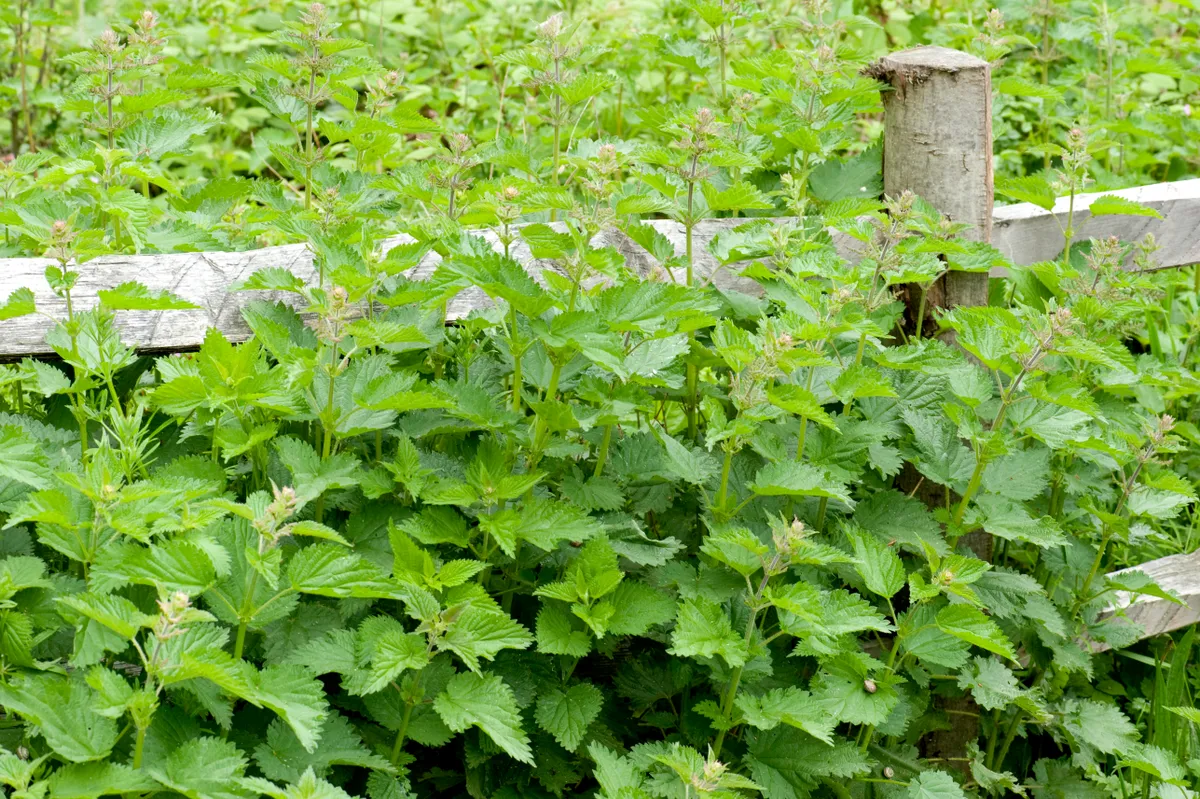
Supports comma, peacock, red admiral and small tortoiseshell butterflies
Planning a butterfly garden
- Plant large clumps of larval food plants together.
- Aim for year-round flower interest, with early and late sources of nectar.
- Only use peat-free compost to help prevent damage to rare habitats.
- Delay cutting back in the autumn and tidy borders in later winter instead.
- Don't use pesticides.
For more tips on attracting butterflies to the garden, visit wildlifetrusts.org





